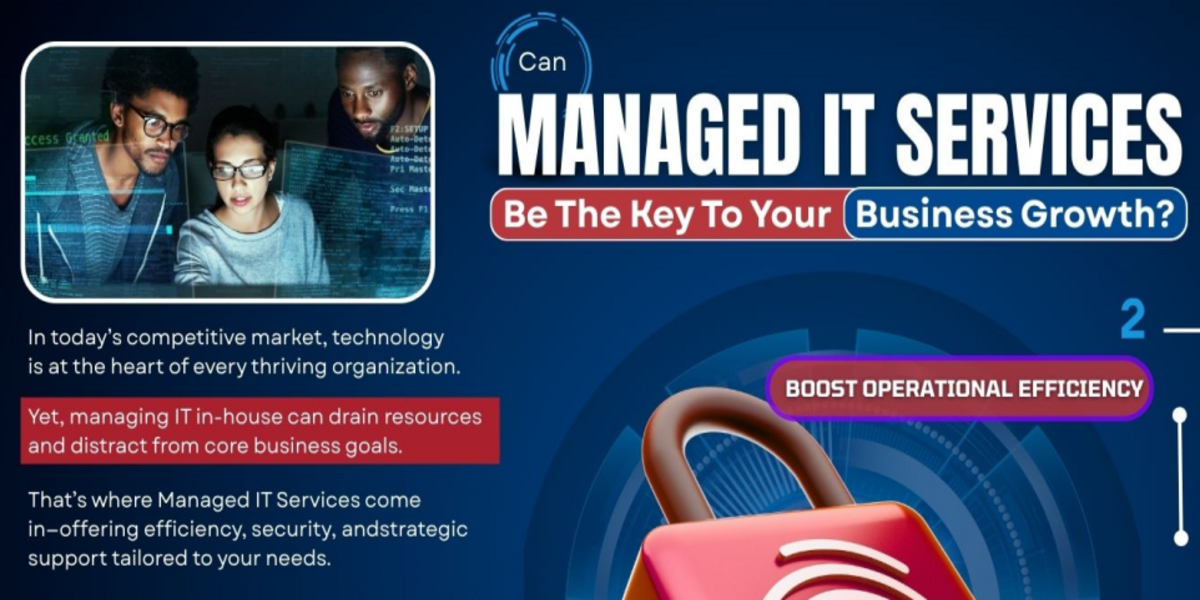People have been interchangeably using the terms “purchasing” and “procurement” for a long time. If we particularly define them in the backdrop of the supply chain, they are not the same.
In this brief explainer, we will try to spell out the difference between procurement and purchasing. Finding this difference will come in handy for all those people who get confused in using either of the terms while talking about any supply chain process.
We will use five different parameters to give you a comprehensive yet easy understanding of the difference between procurement and purchasing.
Role
Purchasing has more of a transactional role used for direct buying and is taken care of by clerical operations. On the other hand, procurement entails strategic maneuvers and activities aimed at cutting costs, improving margins, and adding value to the purchasing process.
Number of Processes
Purchase primarily deals with direct buying. Therefore, it involves fewer stages and processes. Due to its strategic nature, procurement comprises of multiple tiers and processes.
People’s Involvement
The simplified nature of purchasing means smaller staff is required to take care of it. In contrast, procurement boasts the involvement of multiple internal and external stakeholders.
Level of Competition
Purchasing usually doesn’t involve any competition because it usually represents buying services and goods from the same group of vendors. Purchasing, on the other hand, promotes and leverage competition among suppliers to get the best value.
Resources Needed
Since purchasing is a linear and less complicated process, organizations don’t need too many resources for it. However, the streamlined management of procurement needs a robust infrastructure and a host of resources.
We hope that this discussion helps you understand the difference between procurement and purchasing. For improving your procurement process, consider deploying SimplyPurchasing in the procurement department. It is a robust procurement management software that works on many fronts to improve organizational performance.



